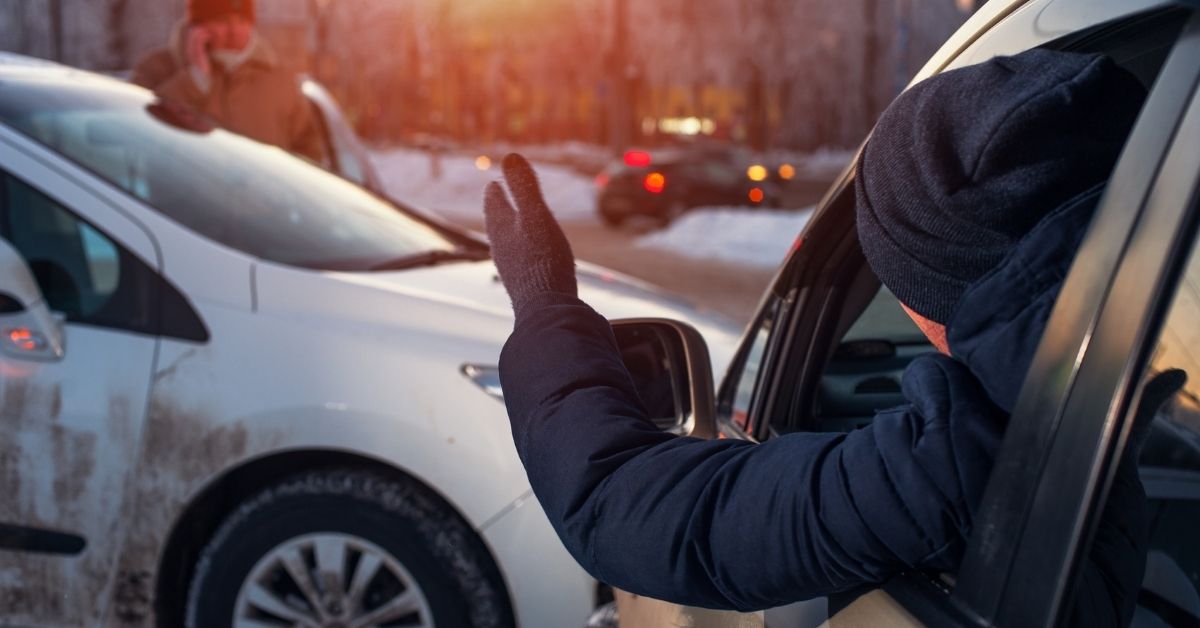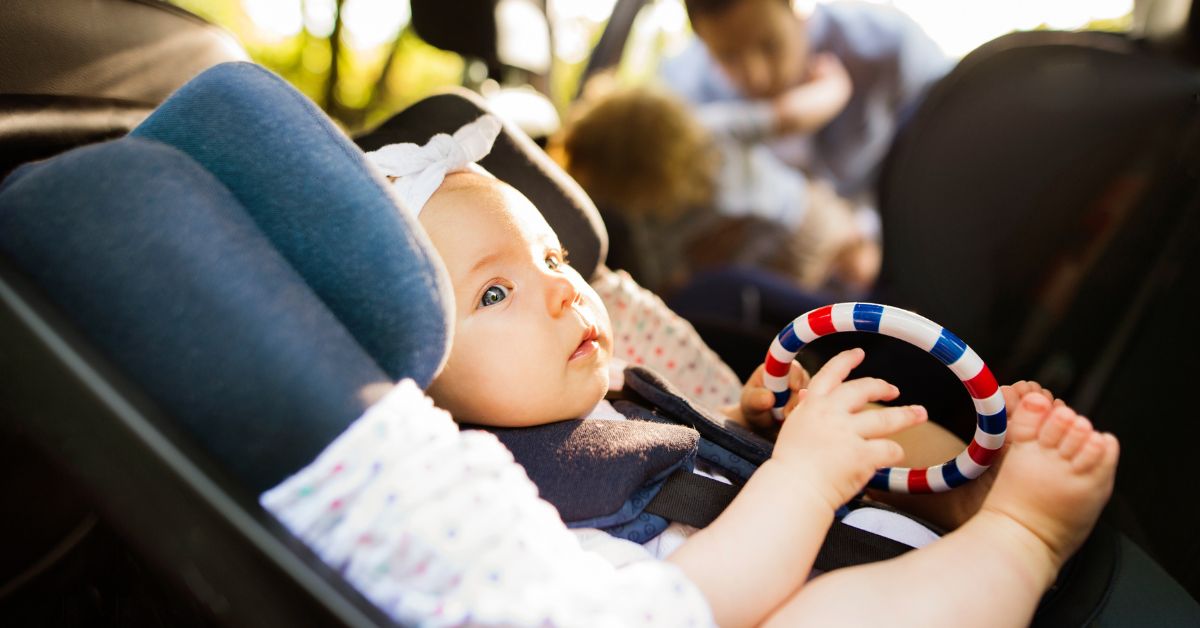Winter in Utah brings breathtaking mountain landscapes and world-class ski resorts, but it also introduces treacherous driving conditions. Snow, sleet, ice, fog, and freezing rain can create hazardous roads, reducing visibility and making even short commutes risky. While bad weather is often seen as an unavoidable hazard, many drivers wonder: Who is liable when a car accident occurs during a winter storm?
The short answer is this: bad weather is not an excuse for poor driving. Even in the middle of a blizzard, drivers have a legal duty to act responsibly and adapt their behavior to road conditions. Failing to do so may be considered negligence—and result in legal liability.
Drivers Are Always Responsible for Operating Safely
Regardless of what the weather is doing, Utah law expects every driver to exercise reasonable care under the circumstances. This means slowing down, increasing following distance, using headlights appropriately, and being prepared for slippery roads. Whether you’re navigating icy canyons or simply trying to get through a snow-covered neighborhood, the responsibility remains the same.
In fact, many areas throughout Utah, including Salt Lake City, experience frequent snowstorms and icy road conditions each winter. As such, drivers are expected to:
- Know how to drive in winter conditions
- Maintain their vehicles in a safe condition for the season
- Use winter tires or traction devices when necessary
- Stay off the roads if driving is unsafe
Failing to account for weather conditions when driving can be seen as negligent behavior, especially if it leads to a crash.
What Happens When a Driver Is Inexperienced or Unprepared?
Some accidents occur because drivers don’t know how to handle winter conditions—or they overestimate their vehicle’s capabilities. This is especially common among tourists or out-of-state visitors who are not familiar with driving on snow or ice.
Unfortunately, inexperience does not exempt a driver from responsibility. Getting behind the wheel in poor weather when you’re not properly prepared or equipped may still be considered reckless or careless. If that behavior causes a crash, that driver may be held legally and financially accountable for any injuries or property damage caused.
What You Need to Know About Utah’s Winter Traction Laws
To help prevent winter accidents, Utah has specific traction laws in place—especially for vehicles traveling through mountain canyons and high-elevation roads. These laws are not optional. Failing to comply with traction requirements can increase liability in the event of a crash.
Here are the basic traction requirements enforced in Utah during snow events or when traction restrictions are in effect:
1. All-Wheel Drive (AWD) or Four-Wheel Drive (4WD) Vehicles Must Have:
- Tires marked “M/S” (Mud and Snow)
- Tires marked “M+S”
- 3PMSF tires (Three-Peak Mountain Snowflake rated)
- Or snow chains
2. Passenger Cars and Light-Duty Trucks Must Have:
- 3PMSF tires
- Or snow chains or snow socks on all drive tires
3. Commercial Vehicles Must Have:
- Snow chains or socks installed on all drive tires
The Utah Department of Transportation (UDOT) may post traction notices starting as early as October, depending on weather conditions. It’s every driver’s responsibility to stay updated on road alerts and to comply with these rules.
Failing to follow these regulations not only makes driving more dangerous but can be used as evidence of negligence in a personal injury claim if the driver causes an accident.
How Liability Is Determined in Winter Weather Accidents
Liability in bad-weather crashes isn’t determined by the weather—it’s determined by a driver’s actions. Investigators and insurers will look at:
- Speed relative to conditions
- Distance maintained between vehicles
- Whether the driver was properly equipped with winter tires or chains
- Whether the driver lost control due to negligence or carelessness
- Adherence to local and state traction laws
If a driver fails to take the necessary precautions and causes an accident, they may be held fully or partially liable. In some cases, multiple drivers can share fault, which will affect how damages are awarded under Utah’s comparative negligence laws.
What If You’re Injured in a Winter Crash?
If you or a loved one is injured in a winter accident, it’s important to understand your rights. Even if the crash occurred during extreme weather, the person who caused the accident may still be legally responsible. Insurance companies may try to argue that the weather was the main cause—but with the right legal support, you can demonstrate that driver negligence played a significant role.
You may be entitled to compensation for:
- Emergency and ongoing medical expenses
- Lost income from missed work
- Property damage
- Pain and suffering
- Future medical needs or long-term disability
Steele Adams Hosman Is Here to Help
At Steele Adams Hosman, we understand that winter driving accidents can be traumatic and complex. That’s why we’re committed to holding negligent drivers accountable—even when the weather is working against you.
If a driver ignored Utah’s traction laws, drove recklessly in snowy conditions, or failed to control their vehicle, they should be held responsible for the consequences. Our legal team has the experience and resources to investigate your case, work with accident reconstruction experts, and fight for the compensation you deserve.
Contact us today at (801) 999-1506 or fill out this short form on our website to schedule a free consultation.
Let us help you turn a winter tragedy into a path toward recovery.




